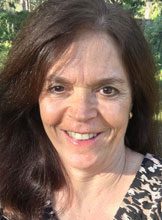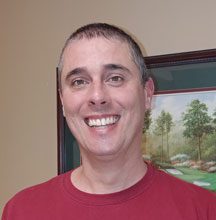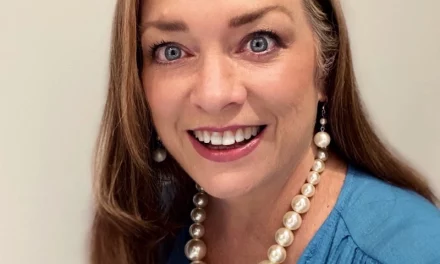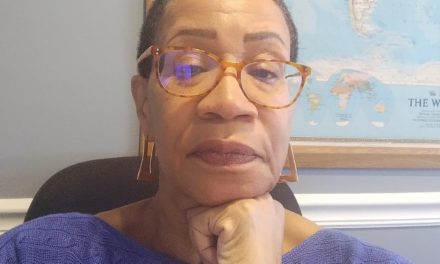 What is a quarter of an inch really? For those who can guesstimate in your jobs and personal lives, it’s not something to fret over. Where it does matter for everyone wearing shoes, is that a quarter of an inch is the difference between size 8 and size 9. Okay, no big deal. My shoe is a little tight. It’ll eventually stretch out, you may say.
What is a quarter of an inch really? For those who can guesstimate in your jobs and personal lives, it’s not something to fret over. Where it does matter for everyone wearing shoes, is that a quarter of an inch is the difference between size 8 and size 9. Okay, no big deal. My shoe is a little tight. It’ll eventually stretch out, you may say.
The sole of a shoe doesn’t stretch and if it is too small or too large, your body will compensate in some way, weakening other areas. A bound foot can result in callouses, corns, bunions, ingrown toenails and general foot pain. As the feet learn to tolerate being restricted, compensation injuries can result in back and hip pain, restricted blood flow, altered gait, imbalance and poor posture, to name a few. You get the picture. A quarter of an inch turns into a body long list of aches and pains.
When was the last time you used a Brannock device? A what? The thing you used to find in shoe stores to measure your feet. The device gives two measurements in length. One, from toe to heel. Two, from ball to heel. If those numbers aren’t the same, take the largest number and try on shoes of that size. Feet measured once a year and at the end of the day, when feet may be swollen from being on them for hours, can keep you in the right size shoe.
Taking ten to fifteen seconds to examine your feet for color, new markings, skin texture and signs of puffiness is a worthwhile and healthy habit. Doing this can alert you to what may be going on in other parts of the body. Swollen ankles can be a sign of high blood pressure and also may be a sign of kidney or liver failure or congestive heart disease. Sores that don’t heal, as well as numbness or tingling may be a sign of diabetes. Foot cramps or spasms may indicate dietary deficiencies, overwork, or something more serious. Sunken toenails may indicate anemia.
Feet are great reminders that everything is connected in our bodies. Experiencing reflexology will show this to be true. Reflexology is a holistic, integrated practice that allows for reduced pain, better sleep, and the lessening of other ailments in the body and is very beneficial in helping the body achieve homeostasis. It is also an excellent complement to a doctor’s care. And on its own, reflexology serves as preventative maintenance to keep the energy in the body open and freely moving. Thumb and finger walking across the feet allows for blocked energy to be detected in specific body parts. Working on that particular spot on the foot allows for the blocked energy to be broken down and sent back into the blood stream, allowing the body part to work more efficiently. Reflexology can also include the hands. If people can’t, or don’t, want their feet touched due to injury, ailment, or ticklishness, hands will give the same results as feet. Combining the two is ideal.
So reflexology covers the physical signs in the body. Pain in the head, congestion in the sinuses, blockage in the intestines. Combining the physical with the mental/emotional meaning of the reflexes is what foot reading is all about. It’s not like palm reading, where the future can be predicted. The size and shape of the feet and toes, along with foot pathologies, color, and texture give insight into internal and external conditions. A darkening of the skin on the heel near the outside of the foot may generate a question such as, “Are you able to move forward with something in your life or do you feel more secure staying in the current situation?” Reading the feet provides insight into a client’s life, with remarkably accurate detail. Clients’ answers to questions from the reading provides them awareness and understanding of themselves. In return, they gain confidence in their life decisions and/or are given the impetus to make change.
As you examine your life a little more closely in the new year, take a look at your feet to provide more knowledge of your overall health. If you are unsure of the stress buildup in your life, or know your levels are unwanted, give reflexology and foot reading a try to get you on the path to better health. Side effects not included; foot measuring is.
Barb Bausch has been practicing as a nationally certified reflexologist since 2012. With a prior educational background in Sport Psychology and Exercise Science, she has the focus and desire to help others achieve better health through body, mind, and spirit. She works at Beaufort Chiropractic at 1108 Charles Street on Fridays and Saturdays, and out of her home in Beaufort during the week. Call her for an appointment at 843-816-4624







